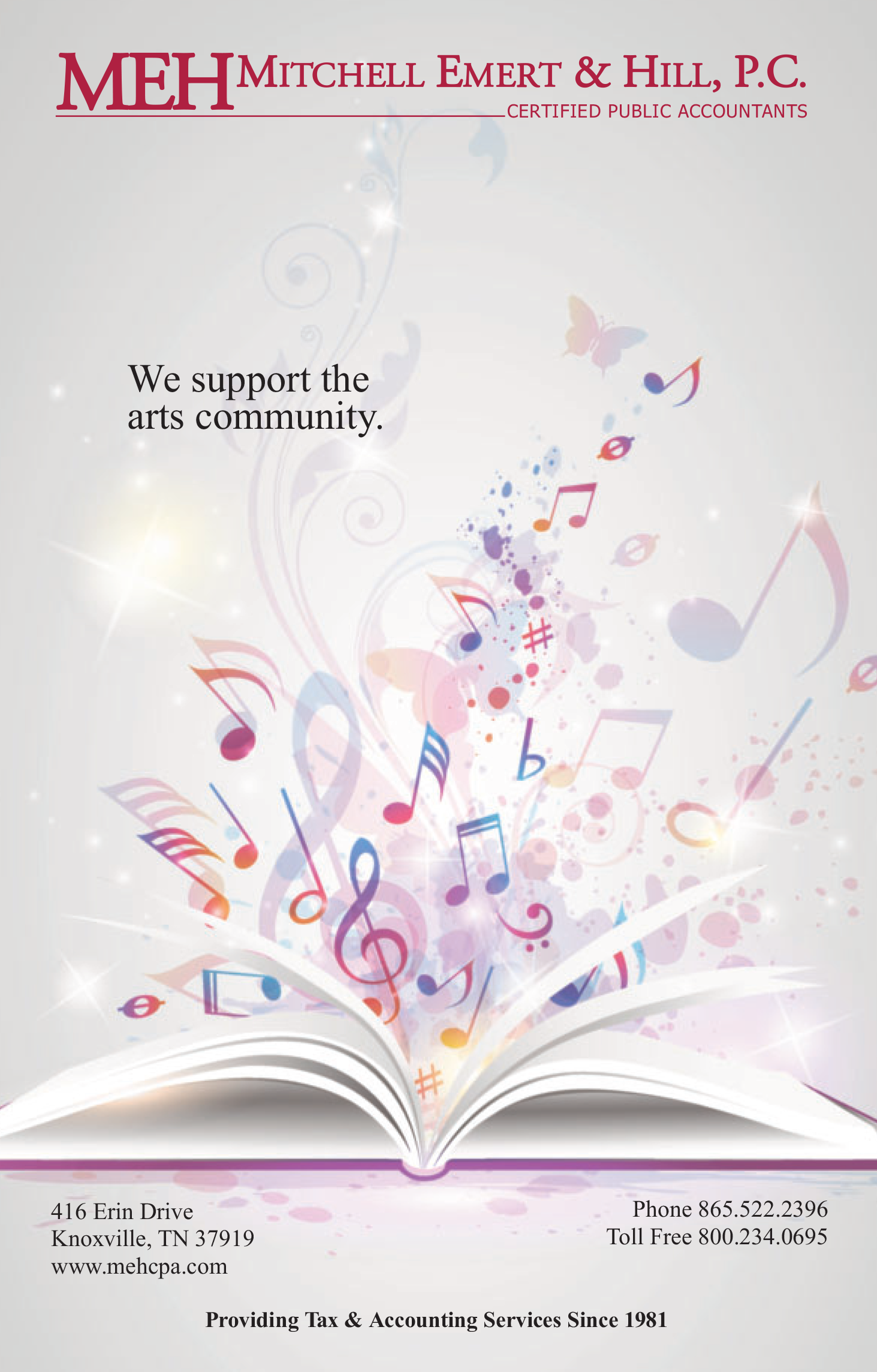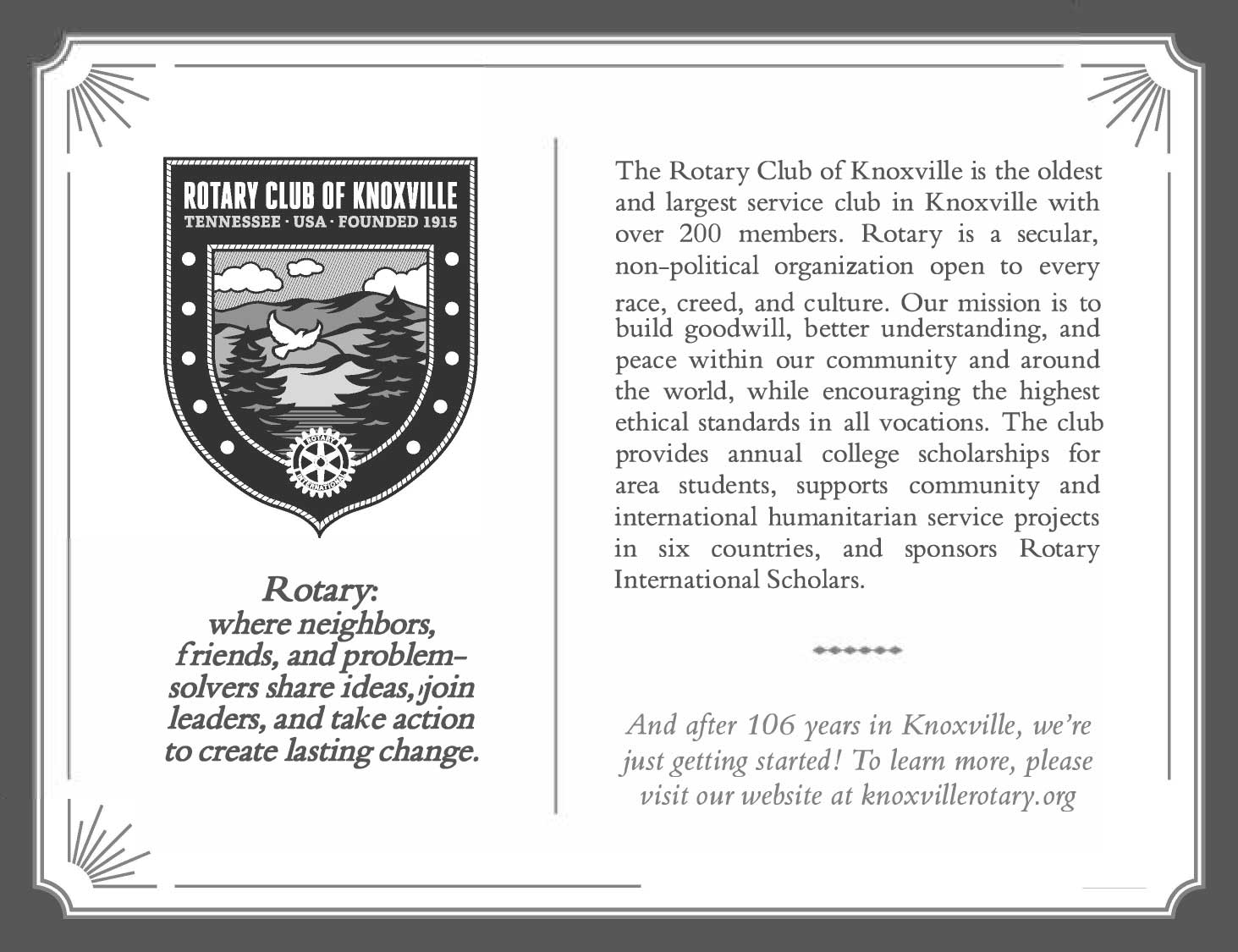
Series made possible by a generous gift from Roy Cockrum
Darker America (1924)
William Grant Still was born in Woodville, Mississippi, on May 11, 1895, and died in Los Angeles, California, on December 3, 1978. The first performance of Darker America took place in Aeolian Hall in New York City on November 22, 1926, Eugene Goossens, conducting. Darker America is scored for two flutes, two oboes, English horn, two clarinets, two bassoons, horn, trumpet, trombone, percussion, piano, and strings. Approximate performance time is thirteen minutes.
William Grant Still, often referred to as the “Dean of African-American Composers,” was born in Woodville, Mississippi. He studied at Wilberforce University and the Oberlin Conservatory. Still worked with W.C. Handy, and studied composition with George Whitefield Chadwick and Edgar Varèse. William Grant Still composed successfully in a wide variety of genres, including symphonies, operas, sacred musical, assorted instrumental works, and popular songs, as well as television and film scores. Still also conducted, and created arrangements of spirituals.
Still’s orchestral work Darker America premiered at New York’s Aeolian Hall on November 22, 1926, conducted by Eugene Goossens. On February 12, 1924, Aeolian Hall was the venue for an historic concert organized and conducted by Paul Whiteman. Whiteman’s “An Experiment in Modern Music” aimed to demonstrate that American jazz “had come to stay and deserved recognition.” The highlight of “An Experiment in Modern Music” was the world premiere of George Gershwin’s Rhapsody in Blue, with the composer as piano soloist. Gershwin’s brilliant exploration of jazz and traditional classical music was a stunning success. To this day, Rhapsody in Blue remains one of the most beloved and performed concert works by an American composer.
William Grant Still’s Darker America pursues a similar (and likewise convincing) synthesis of the jazz, blues, and classical worlds. In program notes for the work, Still describes Darker America as “representative of the American Negro. His serious side is presented and is intended to suggest the triumph of a people over their sorrows through fervent prayer.” The opening theme, played by the strings, represents “the American Negro”. The English horn introduces “the sorrow theme”. Muted brass, to string and wind accompaniment, play “the theme of hope”. The development of the themes portrays “more intense sorrow”. In the closing measures, the themes combine to reflect “the triumph of the people”.
Program notes by Ken Meltzer
Violin Concerto No. 2 in D Major, K. 211 (1775)
Wolfgang Amadeus Mozart was born in Salzburg, Austria, on January 27, 1756, and died in Vienna, Austria, on December 5, 1791. In addition to the solo violin, the Concerto is scored for two oboes, two horns, and strings. Approximate performance time is twenty-one minutes.
Although Wolfgang Amadeus Mozart the instrumentalist is best known as a keyboard virtuoso, he was also a highly accomplished violinist. During his early tours of Europe, Mozart astonished audiences with his command of both instruments. Mozart’s father Leopold, himself a fine violinist, once admonished his son: “(y)ou don’t realize yourself how well you play the violin when you are on your mettle and perform with confidence, spirit and fire.”
Still, Wolfgang was not shy in reporting his success as a violinist. On October 6, 1777, Mozart informed his father that as a concert finale, he played his B-flat Divertimento, K. 287, and the members of the audience “all opened their eyes! I played as though I were the finest fiddler in all Europe.” A few weeks later, Mozart used one of his favorite phrases to describe his performance of the Violin Concerto in D, K. 218, “which went like oil. Everyone praised my beautiful pure tone.”
In 1772, the Prince-Archbishop of Salzburg appointed the 16-year-old Wolfgang as conductor and concertmaster of the Salzburg Court Orchestra. During the year 1775, Mozart authored his five Violin Concertos (although he may have written the Concerto No. 1 as early as 1773). It is not entirely certain whether Mozart originally composed these Concertos specifically for his own use, or for the Italian violinist, Antonio Brunetti, a prominent Salzburg Court musician. We do know that Mozart played his Violin Concertos at public concerts. Without question, the Concertos were intended to display the technical fluency and pure, singing tone that were hallmarks of Mozart’s impressive violin performances.
Mozart completed his Violin Concerto No. 2 on June 14, 1775. The work is cast in the traditional three movements. The first (Allegro moderato) is notable throughout for its graceful and somewhat playful demeanor. The Concerto opens with a forte declaration by the orchestra, the start of its presentation of the movement’s principal themes. The soloist enters with his own version of that material. The development and recapitulation of the themes, along with the soloist’s cadenza, round out the movement. The slow-tempo second movement (Andante) is in the spirit of an opera aria, with the soloist assuming the role of Mozart’s beloved soprano voice. The finale (Rondeau. Allegro) is based upon a recurring theme; introduced by the soloist, and in the character of a minuet.
Program Notes by Ken Meltzer
Symphony No. 3 in G minor, Opus 36 (1847)
Louise Farrenc was born in Paris, France, on May 31, 1804, and died there on September 15, 1875. The first performance of the Symphony No. 3 took place in Paris in 1849, played by the Société des Concerts du Conservatoire. The Symphony No. 3 is scored for two flutes, two oboes, two clarinets, two bassoons, two horns, timpani, and strings. Approximate performance time is thirty-three minutes.
The French musician Louise Farrenc, born Jeanne-Louise Dumont, was a member of an artistic family. Both her father Jacques-Edme Dumont, and brother Augustin-Alexandre Dumont, were celebrated sculptors. Louise studied piano with Ignaz Moscheles and Johann Nepomuk Hummel, and composition with Anton Reicha. Louise Dumont attended the Paris Conservatoire, where she met flutist Aristide Farrenc. The two married in 1821 and concertized together throughout France. The Farrencs returned to Paris, where they founded the successful publishing concern, Éditions Farrenc. Louise and Aristide Farrenc co-edited Le Trésor des pianists (The Pianists’ Treasure), a 23-volume collection of early period works for piano and harpsichord.
Louise Farrenc’s career as a composer began in the early 1820s with pieces for solo piano. In the 1830s, Farrenc began to expand her compositional repertoire to include chamber and orchestral works. Farrenc’s compositions earned the praise of such discerning composer/critics as Robert Schumann and Hector Berlioz. The Académie des Beaux-Arts bestowed its Prix Chartier upon Farrenc in both 1861 and 1869.
In 1842, Louise Farrenc became a professor of piano at the Paris Conservatoire. At first, Farrenc was paid considerably less than her male colleagues. But with the great success of her Nonet for Winds and Strings in E-flat Major, Opus 38 (1849), Louise Farrenc was able to demand and receive equal compensation. Farrenc remained at the Paris Conservatoire until 1873, two years before her passing.
Louise Farrenc wrote three symphonies; No. 1 in C minor, Opus 32 (1841), No. 2 in D Major, Opus 35 (1845), and No. 3 in G minor, Opus 36 (1847). The composition of such works was a bold undertaking on Farrenc’s part. In the mid-19th century, female composers struggled mightily to have their music acknowledged and performed. And in 1840s Paris the center of musical interest, at least in the Classical realm, resided in the world of opera. Even if a contemporary French composer was fortunate enough to have his (or her) symphony performed, the work suffered the inevitable (and unfair) comparison to The Nine of Beethoven. But despite all hurdles, Louise Farrenc succeeded in having her Symphony No. 3 premiered in 1849 by the distinguished Société des Concerts du Conservatoire, and to great critical acclaim.
In recent years, the music of Louise Farrenc has undergone a most welcome renaissance, both in live performance and recording. Works like the Symphony No 3 demonstrate that Farrenc was a superbly gifted composer. The Third Symphony is similar in structure, inspiration, and spirit to works by such contemporaries as Schumann and Mendelssohn (as opposed to, say, Berlioz’s audacious and revolutionary Symphonie fantastique). And in no way does Farrenc suffer in comparison to her more celebrated colleagues. The Farrenc Third is an engaging and compelling symphonic journey, notable throughout for its thematic inventiveness and lovely orchestration, perhaps especially in the writing for the winds. As Paris critic Henri-Louis Blanchard wrote after the Paris premiere of the Farrenc Symphony No. 1: “She does honour to the land of her birth with this exceptional talent, which combines a feeling for melody with the science of sounds.”
The Symphony No. 3 is in four movements. The first opens with a brief slow-tempo introduction (Adagio) that segues to the Allegro’s restless opening theme. A lyrical major-key waltz melody provides contrast. The movement concludes with a tempestuous coda. The clarinet, over horn accompaniment, sings the principal melody of the serene Adagio cantabile. The third movement Scherzo (Vivace), with its deft, irrepressible energy and mischievous character, is worthy of Mendelssohn’s finest creations in the genre. The Finale (Allegro) brings the Symphony to a terse and powerful conclusion.
Program Notes by Ken Meltzer








